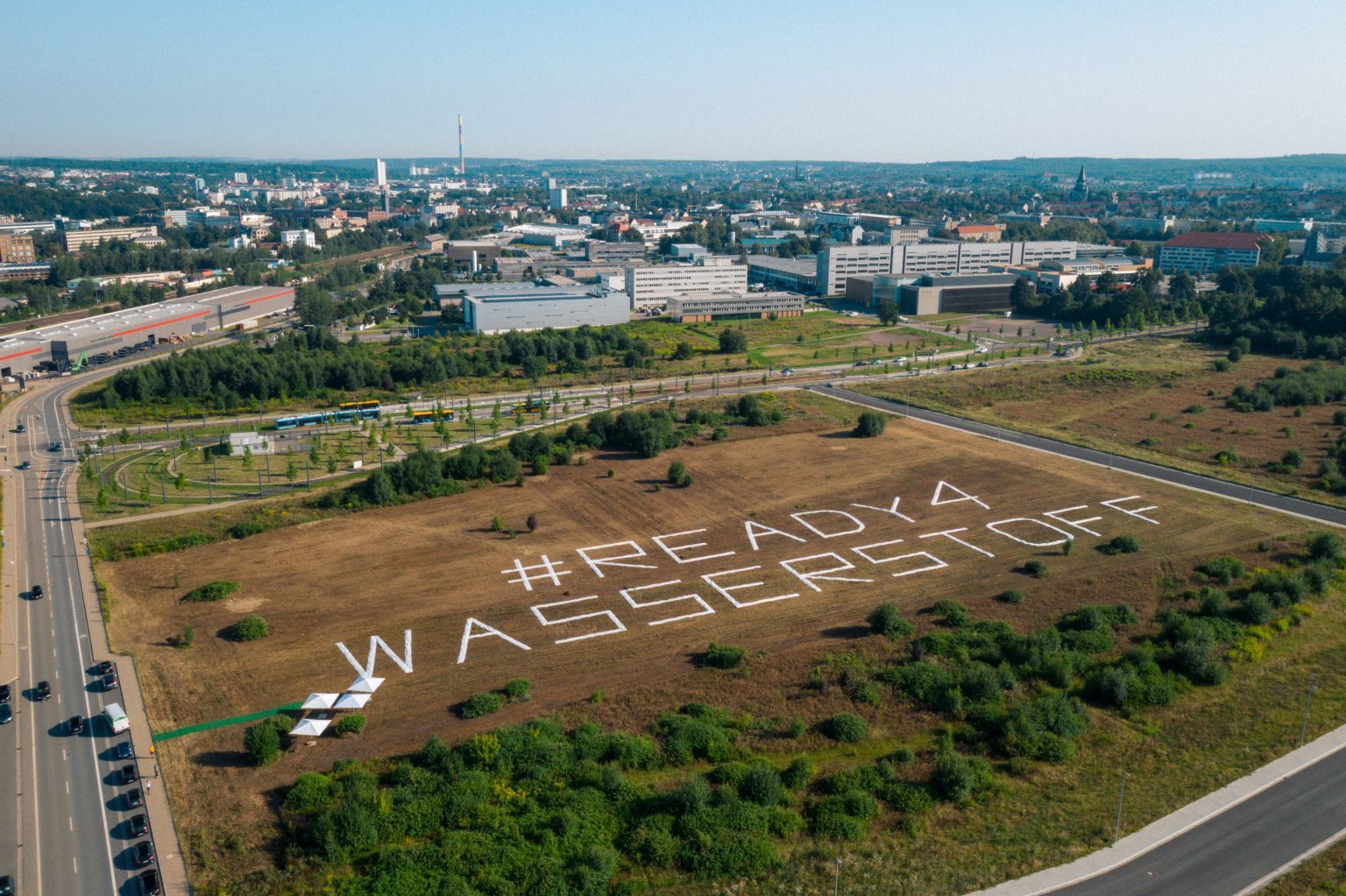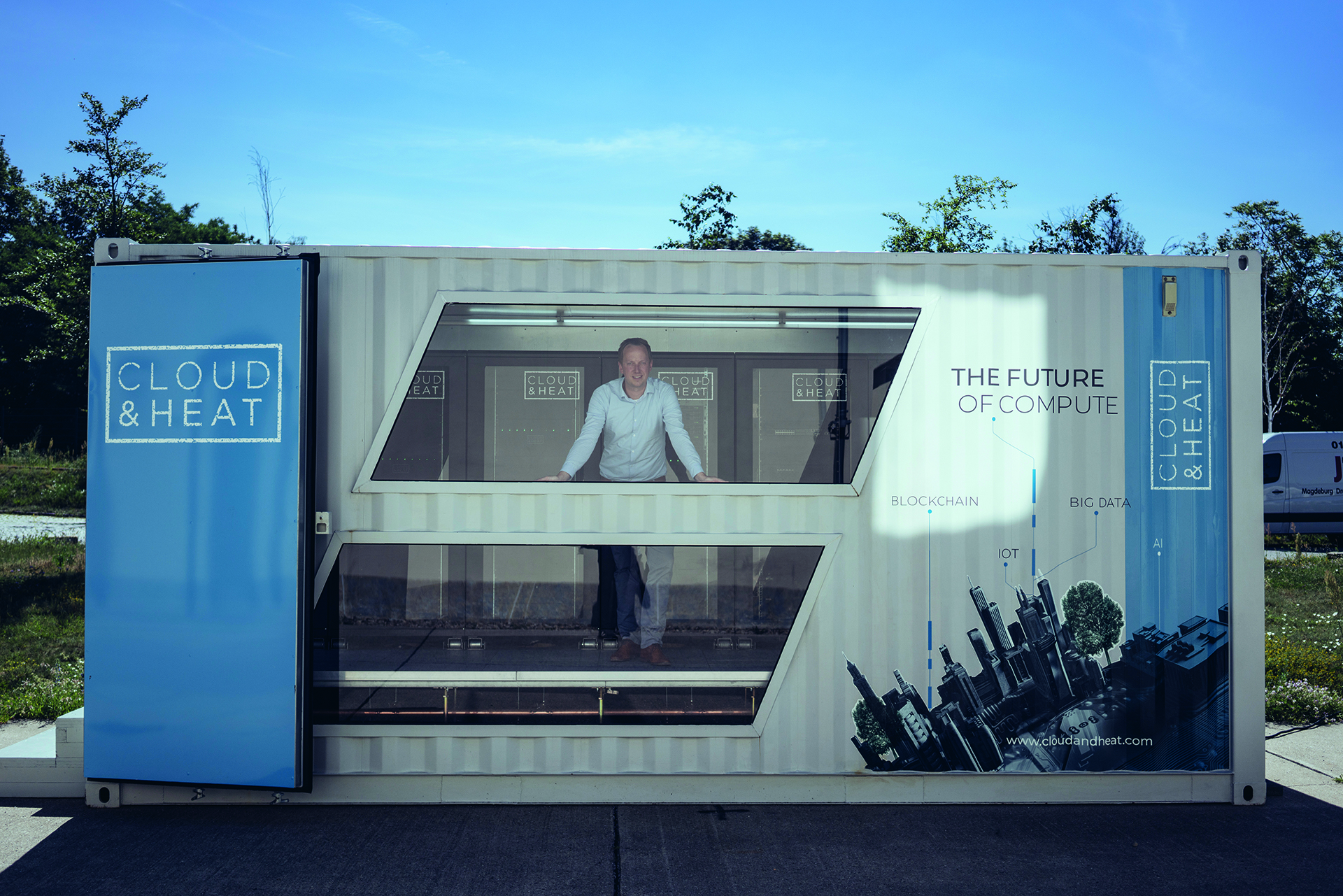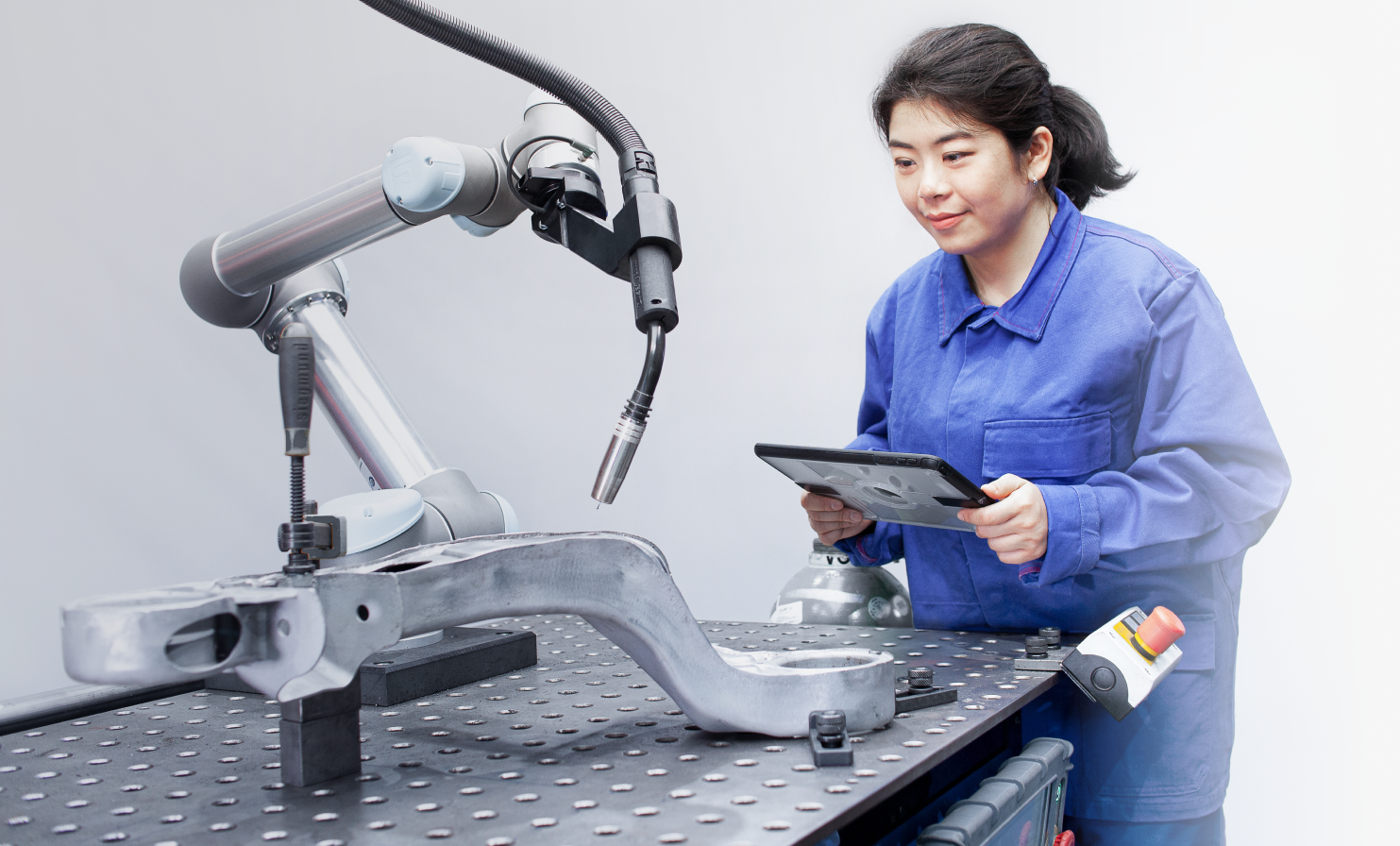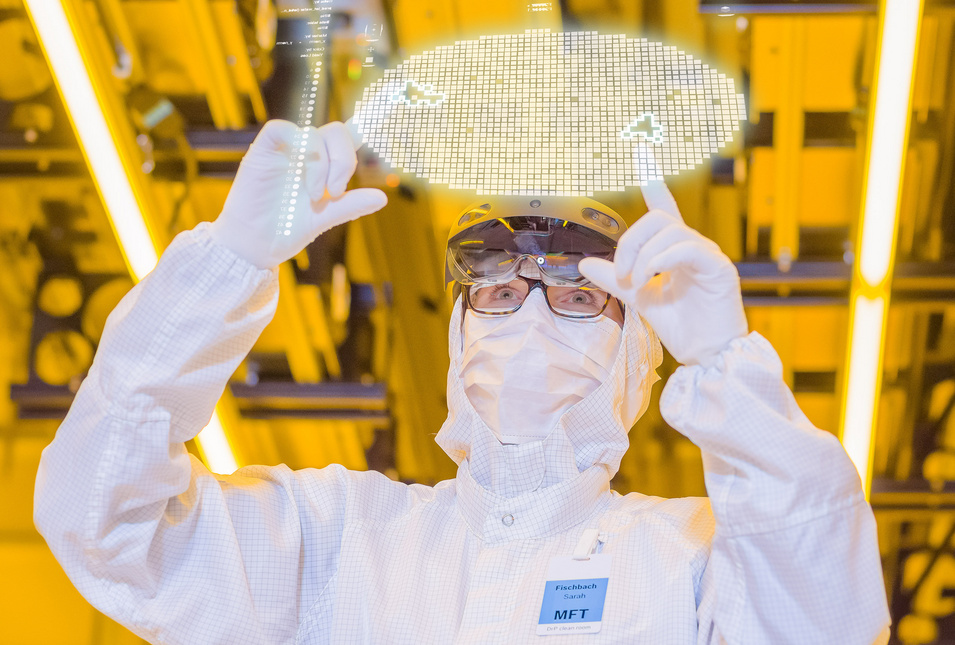The Free State is getting serious with future technologies: It’s economy and science have already teamed up decades ago. That’s why “Mission Saxony 2038” – the Free State of Saxony’s strategy for its future – is not just a vision. Here the future has long begun.

The achievement of HIC is only the most recent chapter in the Free State’s long history of success. Yet it gives a great example of how the future is being shaped here: in cooperation.
By working closely together economy and science are creating a force of innovation that echoes in all corners of Europe. The European Commission’s “Regional Innovation Scoreboard” listed the regions of Leipzig and Chemnitz as “Strong Innovators“ in 2019 and even awarded the Dresden area with the highest grade as “Innovation Leader”. Here almost four percent of the State’s gross domestic product get invested in research & development. It would take a very good look to find a research landscape as diverse as this one. The Fraunhofer Society alone operates 13 institutes in Dresden. 27 universities, about 50 off-campus research facilities, and a vibrant start-up scene help making Saxony, the traditional “land of inventors”, an environment for innovations with global impact. Today more than ever.
RESEARCH AND REINFORCE
A lot of this stems from Saxony’s emphasis on strong export high-tech industries – and its focus on promoting young talents. For every 100 employed engineers there are 8.7 new graduates per year, a number way above the national average. The same is true for the share of engineering degrees among all university graduations: 28.8 percent make Saxony the nation’s leader.
The high concentration of engineers makes the Free State a hot spot for global tech companies. Semiconductor chip manufacturers Globalfoundries and Infineon have profited from local, highly skilled professionals for decades. Same is true for automotive giant BMW, who decided to assemble its first electric vehicles in Leipzig. Bosch Group invested billions of Euros in order to open up one of the world’s most modern chip factories on the outskirts of Dresden.
Yet Saxony’s scope is not limited to the industry’s big players. The vast landscape of young tech companies attests to the Free State’s efforts to create an ideal environment for start-ups.
START-UP … AND UP … AND UP
For example Kiwigrid has entered the market only ten years ago, yet the company already employs more than 160 people. They are working on new solutions for intelligent energy management in the age of renewable energy, while also helping to advance the “internet of things”. Kiwigrid does this in a fashion that even convinced the South Korean LG-Electronics company and the energy utility company E.ON to join as strategic shareholders.
In Dresden, Heliatek manufactures self-developed organic solar films that can potentially turn almost any building into a little green energy powerplant.

That’s why the start-up from Dresden is taking data centers where there is a demand for their excess heat: to the “Eurotheum”, an office building in Frankfurt, for example. Where the data center of the European Central Bank once stood, today one of Cloud&Heat’s highly modern server farms serves a dual-purpose. Not only does it provide the clients with computing power, it also uses the warmth generated in the process for heating and hot water within the high-rise building. This lowers the annual energy bill by more than 100,000 Euros and saves over 550 tons in CO2 emissions. Furthermore, Cloud&Heat’s technology has already proven itself in apartment buildings. Even a mobile version was achieved by developing a container version of the company’s sustainable data centers.
ROBOTICS MEETS INDUSTRY 4.0
In Saxony, the know-how from the fields of microelectronics, engineering, and software technology intersects in a unique way. Excellent conditions for academic spin-offs and robotics start-ups alike in order to find new ways for the future of labor. At companies like XENON, Fabmatics, and Wandelbots as well as the pertinent Saxonian research facilities thousands of people are already helping to establish a “Robot Valley” in the Free State.

Examples like these – and many others – demonstrate why Saxony is highly attractive for people who strive to “do it for real”, think ahead, launch, and to realize their visions. Over here, we walk the talk. “We do it. For real.“ means that “Mission Saxony 2038” is not for day dreamers, but for those who seek fertile grounds on which they can unfold their full potential. Maybe an old saying holds more truth here than anywhere else: “Doing is like wanting, just more badass.“
